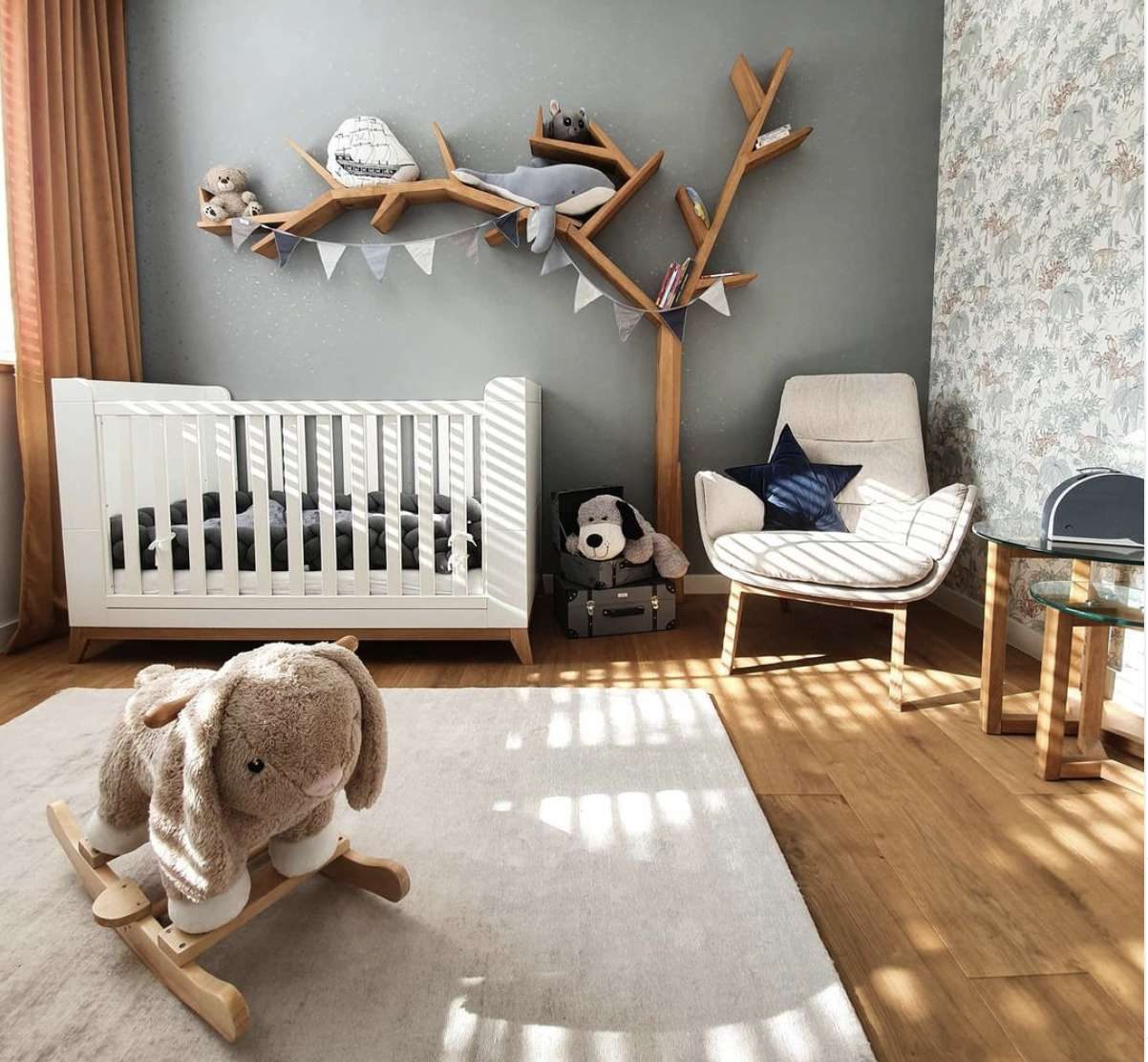Creating a cozy and functional nursery in a small space can be quite an exhilarating yet formidable endeavor for new parents. As urban living becomes more prevalent, many families find themselves working with compact spaces that require ingenious solutions to accommodate their little one’s needs.
The key to designing a small nursery lies in maximizing every square inch while maintaining a serene and welcoming atmosphere that promotes your baby’s development and comfort.
The amalgamation of style and functionality doesn’t have to be compromised just because you’re working with limited space. Whether you’re converting a tiny spare room or carving out a corner of your bedroom, these innovative ideas will help you create a perfect sanctuary for your baby.
Small Baby Room Ideas
From smart storage solutions to multi-functional furniture choices, we’ll explore various approaches that will help you make the most of your compact nursery while ensuring it remains a practical and beautiful space for both parent and child.
1. Vertical Storage Solutions
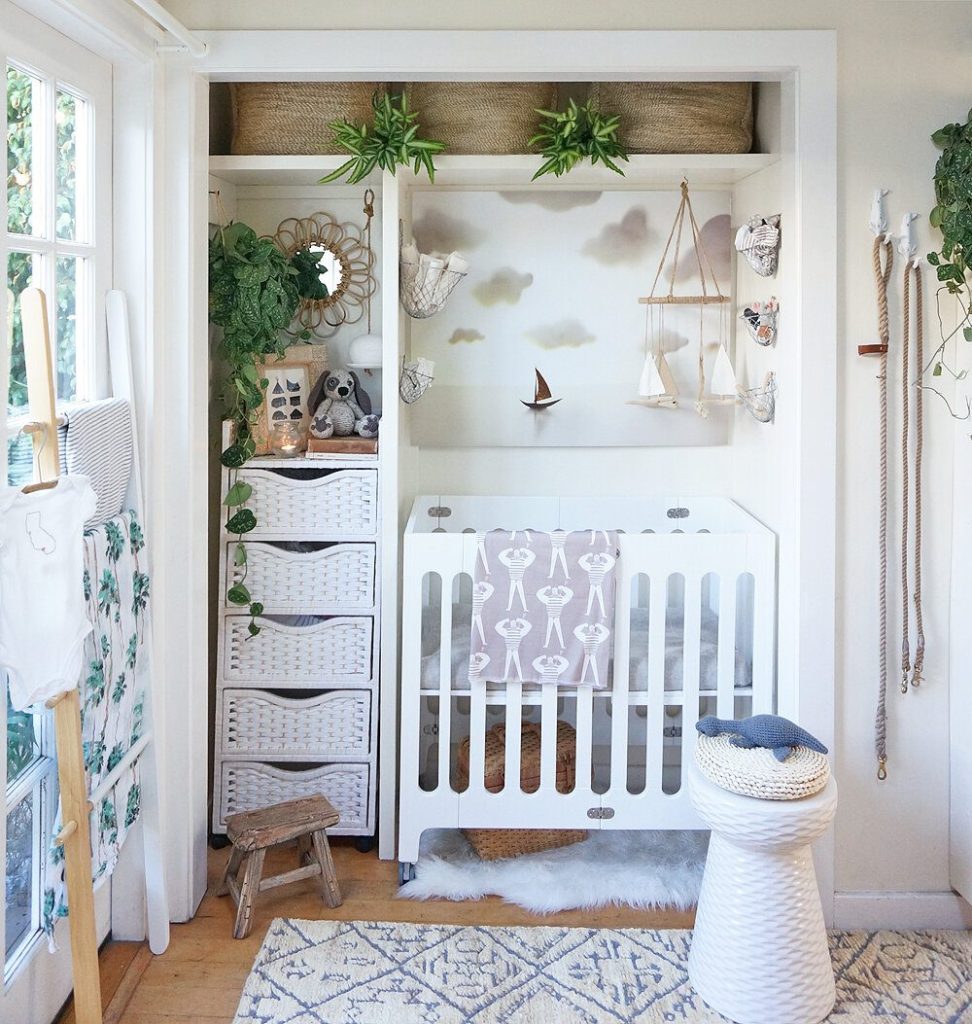
Utilizing vertical space is crucial when designing a small nursery. Install floating shelves above the changing table or crib to store essentials like diapers, wipes, and baby clothes. These shelves not only provide practical storage but also create an opportunity to display decorative items like stuffed animals, books, and family photos.
Consider installing a pegboard wall system that can be customized with different hooks, baskets, and shelves. This versatile solution allows you to modify the storage configuration as your baby grows and their needs change. The key is to keep frequently used items within arm’s reach while storing less-used items higher up.
2. Multi-functional Furniture Pieces
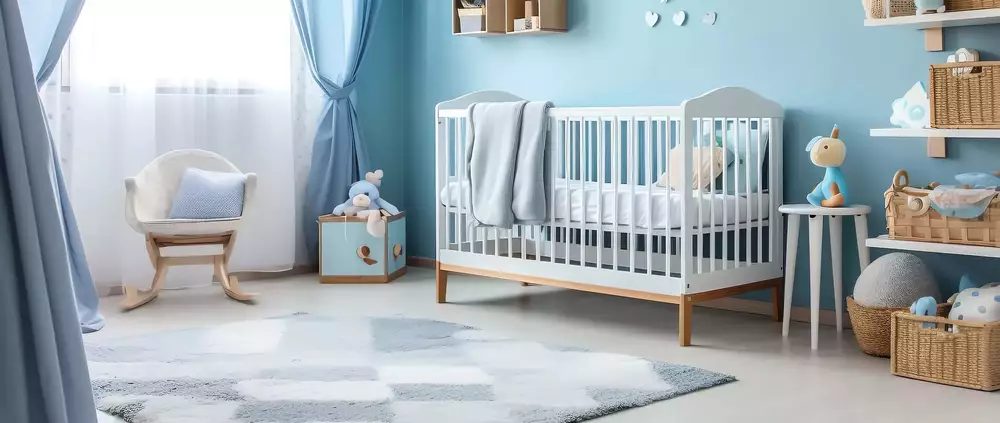
Investing in furniture that serves multiple purposes is essential for small nurseries. Choose a changing table that doubles as a dresser, providing ample storage for clothes and supplies. Look for cribs with built-in storage drawers underneath or those that can convert into toddler beds as your child grows.
Consider a comfortable nursing chair that can later be used as a reading nook chair. Ottomans with storage compartments can hold extra blankets and toys while serving as additional seating when needed. The goal is to maximize functionality without cluttering the limited space.
3. Space-Saving Closet Organization
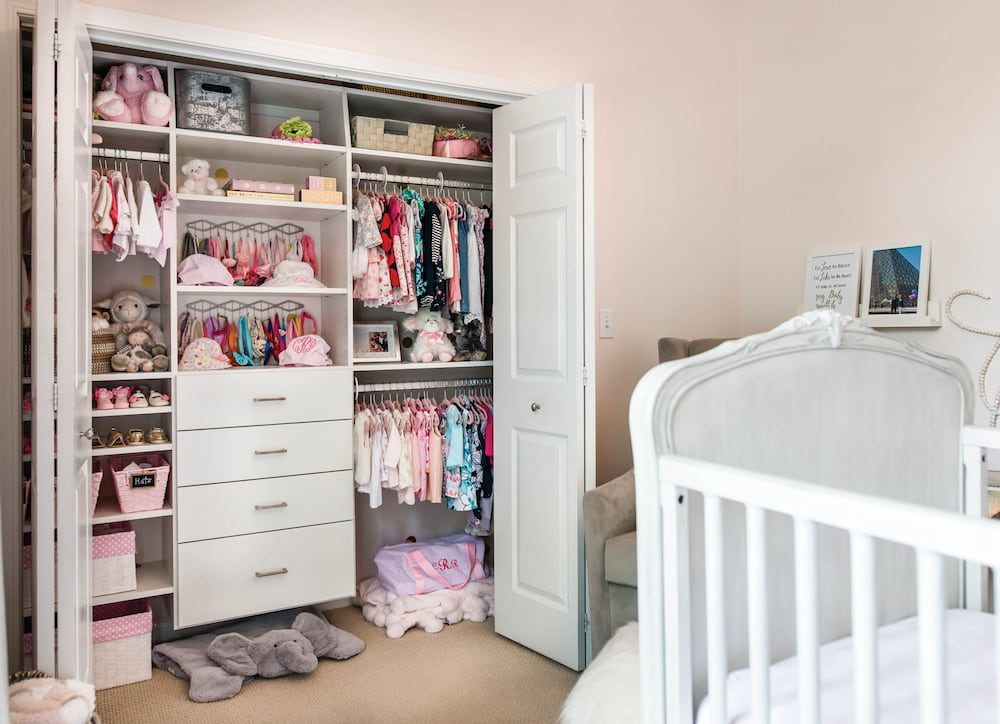
Transform a small closet into an efficient storage powerhouse by implementing a well-planned organization system. Install double hanging rods to maximize vertical space for clothes, and use slim velvet hangers to fit more items. Add drawer units or fabric bins on shelves to store smaller items like socks, bibs, and accessories.
Consider removing the closet door and replacing it with a curtain to save space and add a soft design element. Use over-the-door organizers or hooks on the back of the curtain for additional storage. Clear storage boxes labeled with contents can be stacked on upper shelves for seasonal items.
4. Wall-Mounted Features
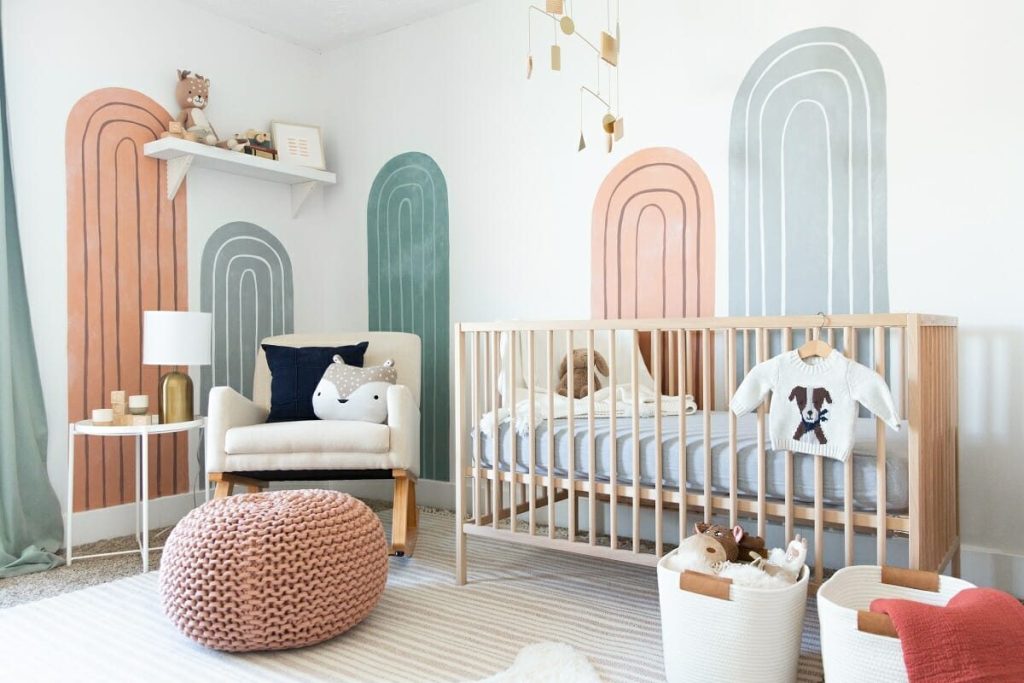
Make use of wall space by mounting essential items instead of using floor-standing alternatives. Install a wall-mounted diaper organizer near the changing area, and consider a fold-down changing table if space is extremely limited. Wall-mounted bookshelves can display your baby’s growing library while adding visual interest to the room.
Use magnetic paint or boards to create a display area for important documents, schedules, and artwork. This approach keeps surfaces clear while maintaining easy access to necessary information. Consider installing adjustable wall-mounted lighting to save precious table space.
5. Strategic Color Choices
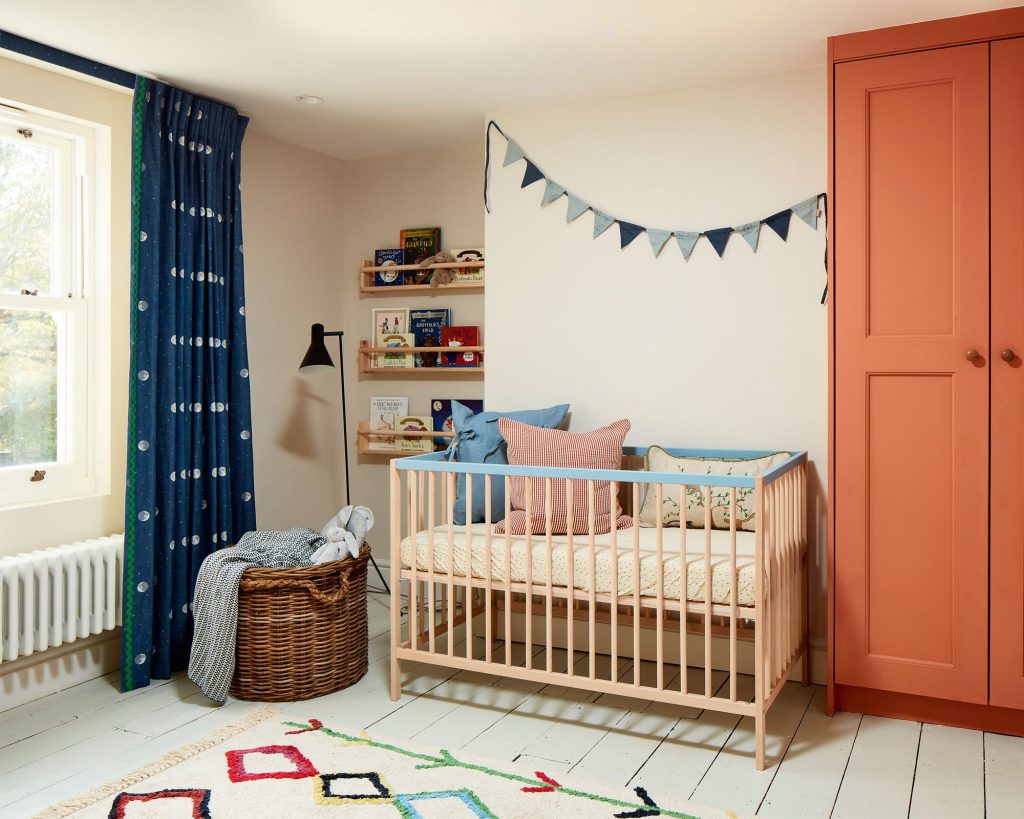
Choose colors wisely to create the illusion of a larger space. Light, neutral colors on walls and larger furniture pieces can make the room feel more open and airy. Consider using a monochromatic color scheme with subtle variations to add depth without overwhelming the space.
Add pops of color through easily changeable elements like throw pillows, artwork, or storage bins. This allows you to update the room’s look as your child grows without major renovations. Consider painting one wall in a slightly darker shade or adding a simple pattern to create visual interest.
Related Guide: 12 Toddler Boy Bedroom Ideas
6. Minimalist Design Approach
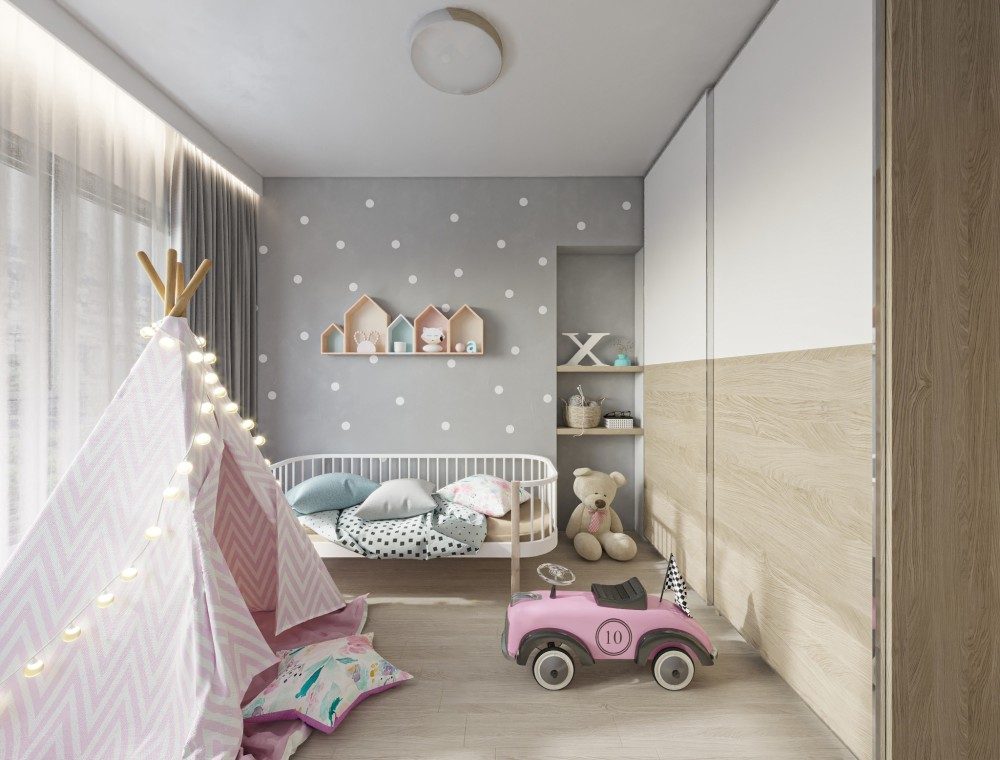
Adopt a minimalist approach to prevent the small space from feeling cluttered. Choose essential furniture pieces with clean lines and avoid unnecessary decorative elements. Keep the design simple but incorporate different textures through fabrics and materials to maintain visual interest.
Focus on quality over quantity when selecting items for the nursery. Choose versatile pieces that can grow with your child and resist the urge to overcrowd the space with too many toys or decorations. Create a rotation system for toys and books to keep the room organized.
7. Creative Corner Solutions
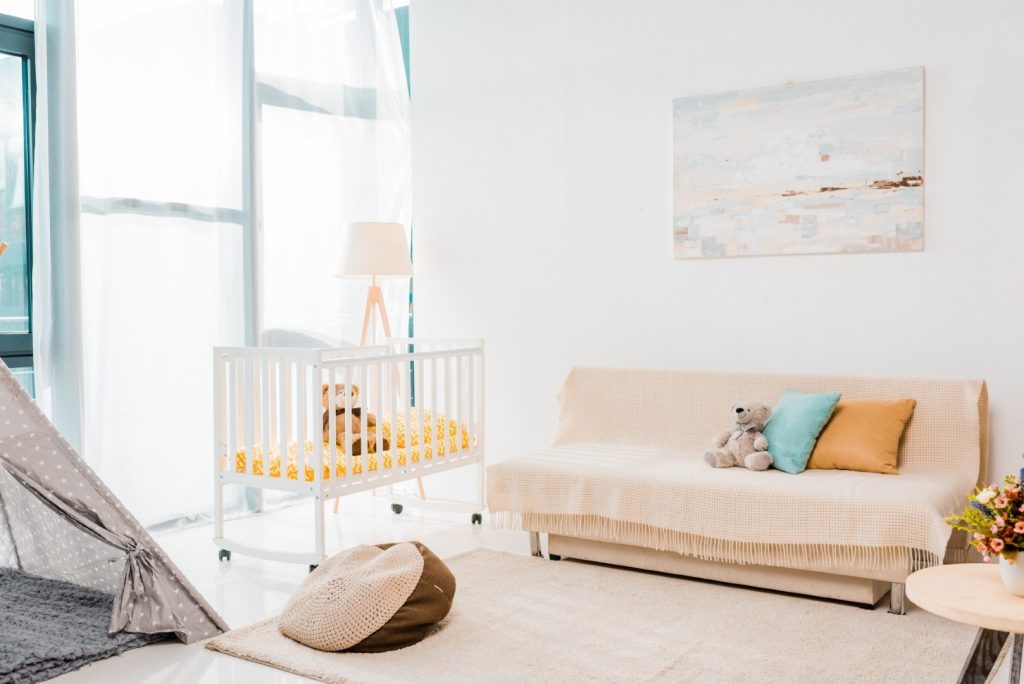
Make the most of corner spaces by using them strategically. Position the crib or nursing chair in a corner to maximize floor space. Consider custom corner shelving units that fit perfectly into otherwise unused spaces, providing additional storage without taking up valuable floor area.
Install corner floating shelves at different heights to create an interesting display area while maintaining functionality. Use corner guards and soft materials to ensure safety while maximizing every inch of available space.
8. Space-Defining Room Dividers
If the nursery shares space with another room, use creative dividers to define the area. Consider using bookcases or storage units as room dividers, providing both separation and functional storage. Use curtains or folding screens that can be easily moved when needed.
Create zones within the space using area rugs or strategic furniture placement. This helps organize the room into distinct areas for sleeping, changing, and playing while maintaining a cohesive look.
9. Lighting Solutions
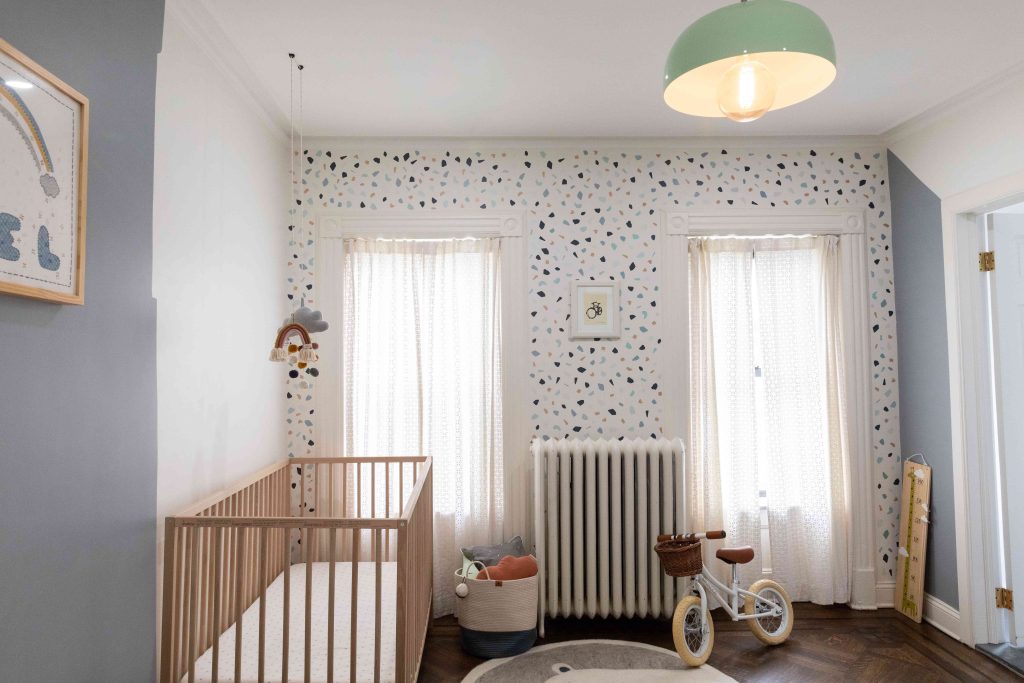
Implement space-saving lighting solutions that create ambiance without taking up valuable surface area. Install dimmers to control light levels for different activities throughout the day. Use clip-on lights or wall sconces instead of table lamps to save space on surfaces.
Layer the lighting with a combination of ambient, task, and accent lights to create a flexible environment. Consider installing a small night light that provides enough illumination for nighttime feedings without disturbing sleep patterns.
10. Mobile Storage Options
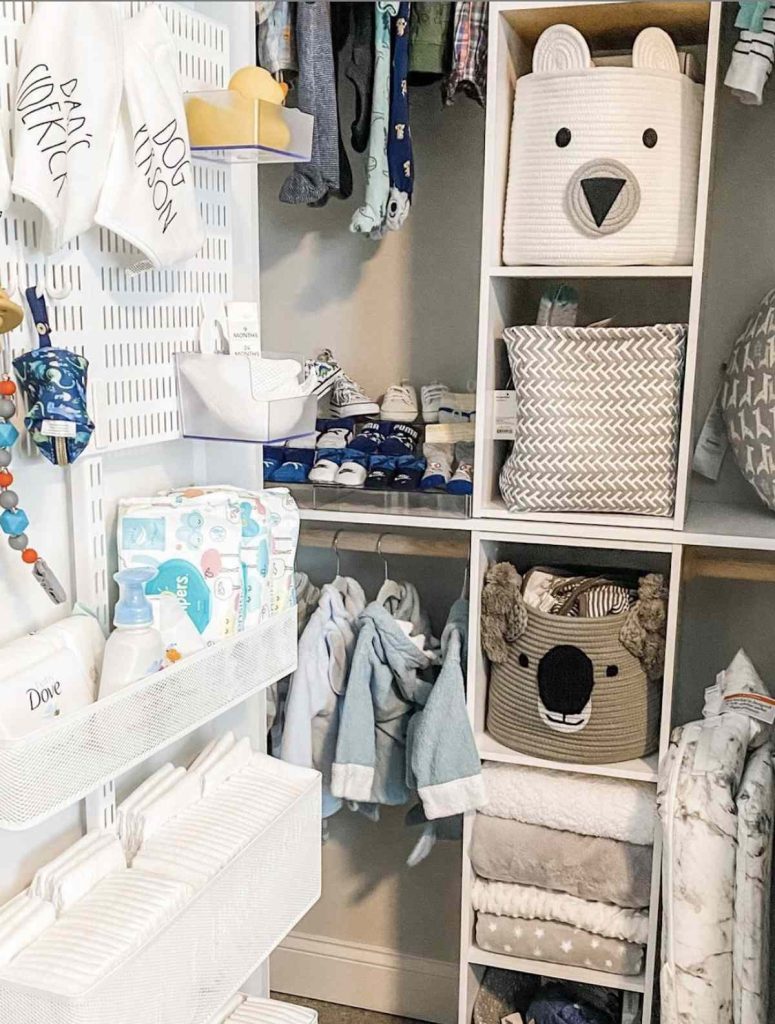
Incorporate mobile storage solutions that can be easily moved as needed. Use rolling carts for frequently accessed items like diapers and wipes, which can be tucked away when not in use. Choose storage containers with wheels that can slide under the crib or changing table.
Select lightweight storage bins that can be easily relocated during cleaning or room rearrangement. This flexibility allows you to adapt the space as your baby grows and their needs change.
11. Window Treatment Optimization
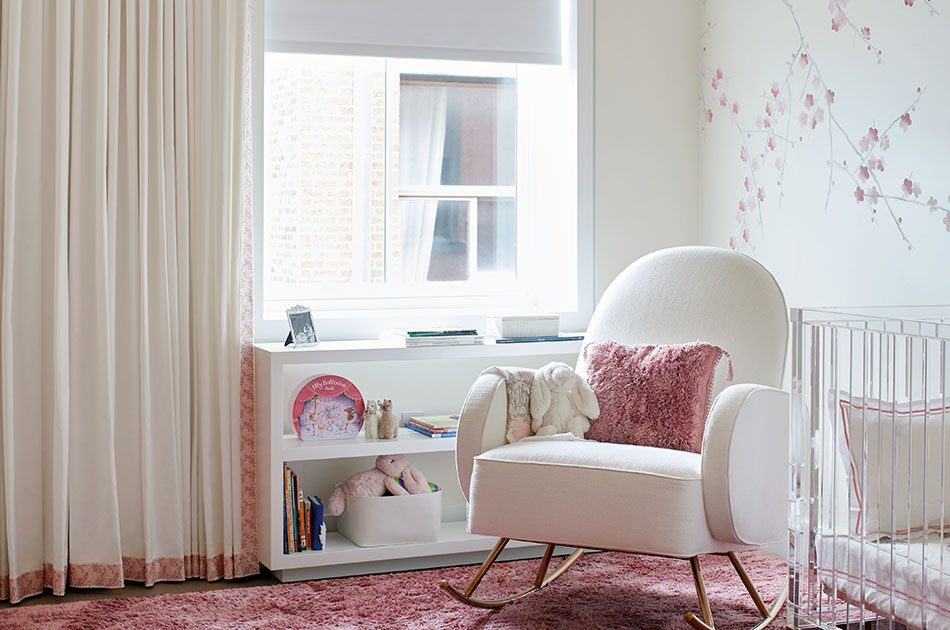
Make the most of natural light while maintaining privacy with smart window treatments. Choose light-filtering curtains that can be fully opened to make the space feel larger. Install curtain rods close to the ceiling to create the illusion of higher walls and larger windows.
Consider using Roman shades or roller blinds that take up minimal space when raised. These options provide flexibility for light control while maintaining a clean, uncluttered look.
Conclusion
Creating a functional and beautiful nursery in a small space requires thoughtful planning and creative solutions. By implementing these space-saving ideas, you can design a room that meets all your baby’s needs while maintaining style and organization.
Remember that the key to success lies in maximizing vertical space, choosing multi-functional furniture, and maintaining a clutter-free environment. With careful consideration of storage, lighting, and design elements, even the smallest nursery can become a perfect haven for your little one.
As your child grows, these adaptable solutions will continue to serve your family’s evolving needs while maintaining a comfortable and organized space.

